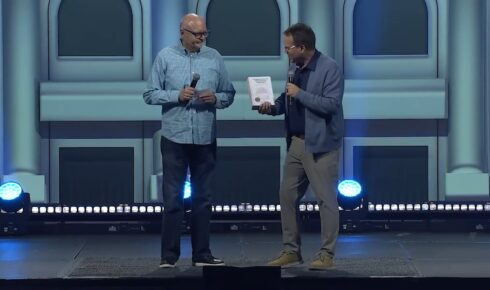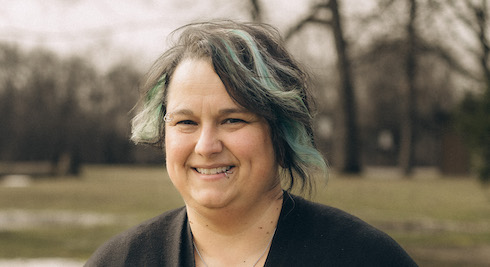
EDITOR’S NOTE: This article was adapted from the doctoral dissertation, “Aimee Semple McPherson and Spanish-Speaking Ministry in Los Angeles: Lessons for the 21st-Century Foursquare Church” by Jim Scott, D.Min.
Aimee Semple McPherson, founder of The Foursquare Church, experienced a very fruitful harvest for the kingdom of God as an evangelist. During her itinerant ministry, however, she discerned a distinct call to plant a new church in Los Angeles.
“Eventually God gently but unquestionably began to show me that He had led me to Los Angeles, to ‘build a house unto the Lord,’ ” she wrote. “His message encouraged, ‘Shout, for the Lord hath given you the city.’ ”
Sister McPherson’s eyes opened to the opportunities for evangelism, ministry and miracles, if she would serve Jesus by ministering to those living in Los Angeles. God had fixed her spiritual gaze on an entire city—not just a corner, a community, or even a particular people. Los Angeles, in all of its linguistic, cultural and mosaic diversity, was the field the Lord was giving to her and to those who would join with her in the years ahead.
The daring evangelist had heard the Lord—she was to believe God for the entire city of Los Angeles as she dedicated herself and her new congregation, Angelus Temple, to interdenominational and worldwide evangelism.
Newspaper clipping from the era.The ministry of Angelus Temple was English-speaking when the church was dedicated on January 1, 1923. But by January 1925, Margaret Jordan, the secretary of Angelus Temple’s Missionary Society, wrote in the Bridal Call Foursquare magazine: “A work among the Greeks has been established in Los Angeles. Among others of the home mission enterprises, are the special classes in the Angelus Temple Sunday school which have been arranged for the Armenians, the Spanish people and the Japanese. The Lord is surely blessing the effort to preach the gospel to every nation.”
In an article by R.A. Powell, Sunday school superintendent, he described a “decidedly new innovation in our work. For some time there has been a class for the Spanish speaking people; taught by a returned missionary from Mexico.”
The very next month, on Sunday, February 15, 1925, the congregation of Angelus Temple read this grand invitation in their church bulletin: “SPANISH! JAPANESE! ARMENIAN! GERMANS!—ATTENTION! Do you know that we have a class in our Sunday School for you, taught by one of your own nationality and in your own tongue? You will find these classes in the east part of the first balcony, and a hearty welcome awaits you. COME!”
Within two years of the dedication of Angelus Temple, the leadership and congregation were implementing language-specific ministry and cross-cultural strategies to reach Los Angeles. A singular beneficiary of this commitment was the Spanish-speaking community in the city.
It was not until 1930 that the reason became more evident, when a delegation from Angelus Temple led by Sister McPherson’s mother, Minnie Kennedy, joined Pastor Patricio Lopez and his congregation for a service in Owensmouth (now Canoga Park), Calif.
Mother Kennedy was amazed as she witnessed the response of this new congregation to the Lord Jesus and His Word, and she commented: “It seems like a call to work. Sister McPherson has the Spanish-speaking people laid on her heart.”
The Lord had given a burden for a people to Sister McPherson, and this was the motivation for reaching out and ministering to the Spanish-speaking community.
This is Part 1 of 3 in a feature article series.
To read Part 2, detailing the exponential growth of Foursquare’s early ministry among the Hispanic community, click here.
To read Part 3, covering the training of students at L.I.F.E. Bible College for Spanish-speaking ministry and church planting, click here.


